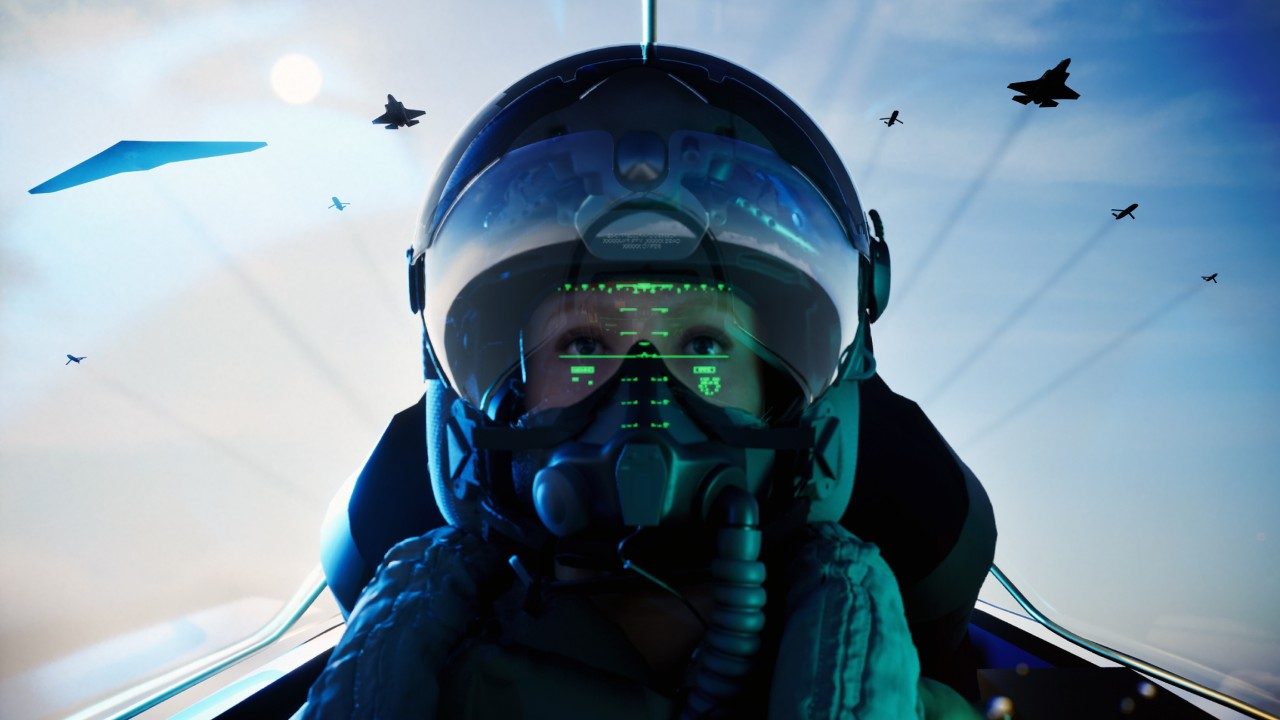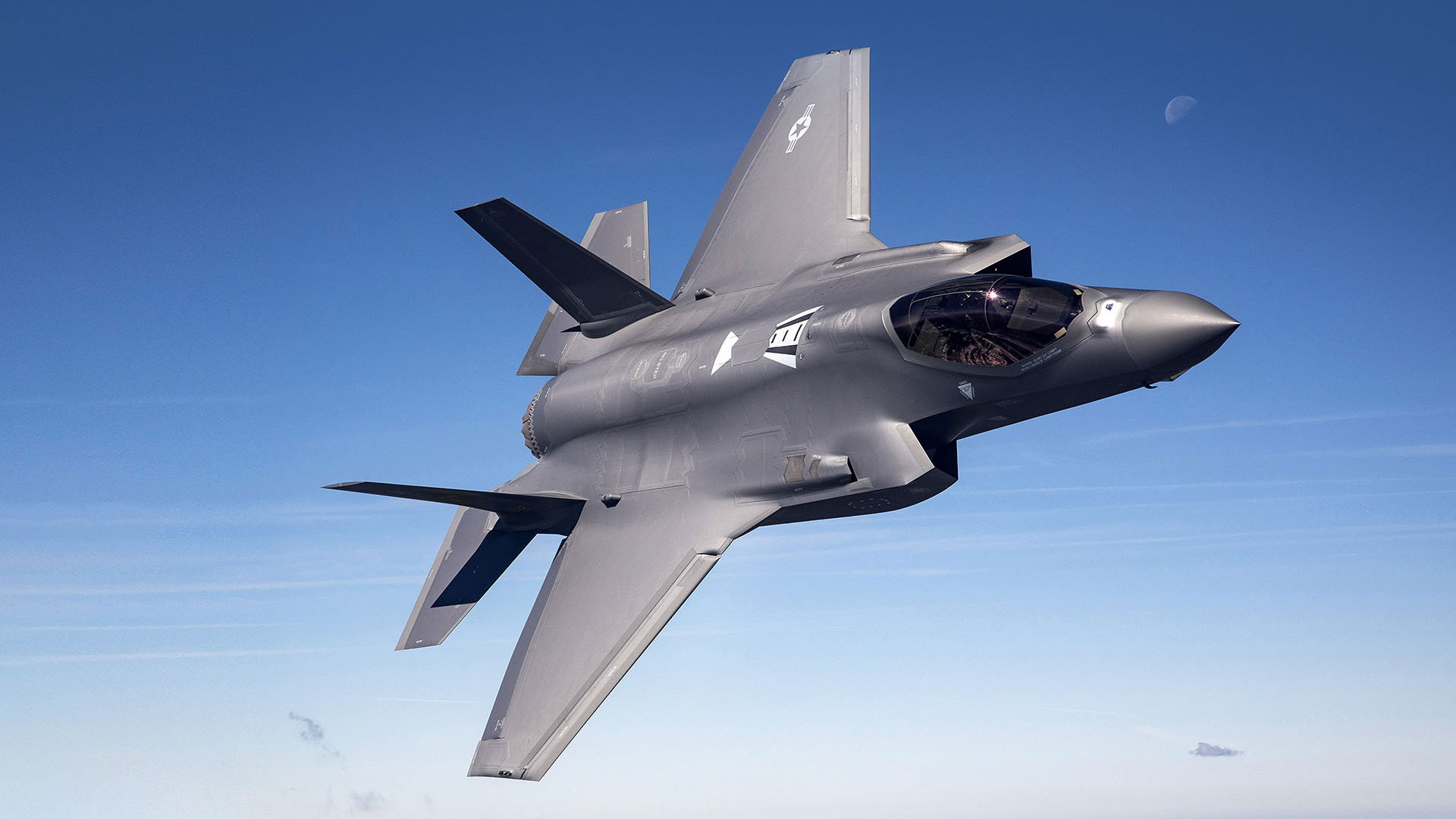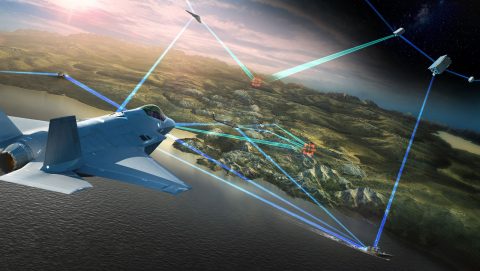Accelerating Integration: How Open Architecture, AI and Interoperability Are Redefining Coalition Air Power
At the 2025 Paris Air Show, Lockheed Martin hosted a strategic discussion that focused on one of the most urgent and complex defense imperatives facing allied nations today: how to achieve true warfighting integration across domains, platforms and partner nations—at operational speed, and at scale.
.jpg.pc-adaptive.full.medium.jpg)
The conversation, moderated by Lockheed Martin Aeronautics VP of Communications Melissa Dueñas, featured:
• Greg Ulmer, President, Lockheed Martin Aeronautics
• OJ Sanchez, Vice President & General Manager, Skunk Works®, Lockheed Martin Aeronautics
• General Mike Scaparrotti (Ret.), former NATO Supreme Allied Commander Europe.
What emerged was a clear articulation of where integrated deterrence must go next—and how Lockheed Martin intends to lead.
In a near-peer threat environment where adversaries are rapidly closing capability gaps, simply fielding exquisite individual platforms is no longer sufficient. Instead, warfighting advantage will be defined by the ability to connect, fuse and act on data across disparate platforms, services and allied forces.
“For some time now, we’ve been focused on integrating horizontally across the entire enterprise—air, land, sea, space and cyber spectrum,” said Greg Ulmer, president of Lockheed Martin Aeronautics. Today, we’re breaking those down, integrating horizontally across the entire enterprise—air, land, sea, space and cyber spectrum,” Ulmer explained.
This horizontal integration is no longer theoretical. Ulmer pointed to Lockheed Martin’s Ramstein Flag demonstration, where a Dutch F-35 detected a ground threat, passed highly classified targeting data via Skunk Works’ open architecture gateway into Dutch command-and-control networks, enabling rapid engagement by ground artillery. All executed securely, outside the U.S. classified network boundary, in near real-time.
.jpg.pc-adaptive.full.medium.jpg)
While Skunk Works remains synonymous with cutting-edge solutions, Sanchez made clear that its real leadership today lies in enabling the connective tissue of multi-domain operations.
“The true transformation isn’t in individual components—it’s in how you link them as combat nodes in an open, adaptive network that can flex to mission needs,” Sanchez said.
For more than a decade, Skunk Works has developed integration roadmaps that underpin this approach. Core pillars include:
• Trusted autonomy & AI for real-time combat decision-making
• Open System Architecture to eliminate proprietary barriers
• Agile drone frameworks to enable manned-unmanned teaming at scale
• Model-based digital threads that span design, build and sustainment
• Rapid additive manufacturing that compresses sustainment timelines from weeks to hours
Sanchez emphasized that open standards—not closed, vendor-specific architectures—are the only viable path forward for the scale of international teaming required. “Open systems are not a luxury—they are a necessity if allied nations expect to field integrated deterrence at speed.”
General Scaparrotti brought the operational urgency into sharp focus: “Throughout most of my career, innovation was government-driven. That has fundamentally changed. Today, U.S. industry is leading defense innovation, and the military must be far more aggressive in bringing forward its hardest problem sets to industry.”
He emphasized that integrated allied combat power is the decisive advantage over peer adversaries. But achieving it demands that industry and government fully commit to new models of collaboration, data-sharing and innovation hubs that bring together operational commanders, technologists and industry problem-solvers in real-time.
“We have the technology to integrate far beyond what we’re fielding today,” Scaparrotti said. “The challenge is no longer technical—it’s the cultural willingness to prioritize sharing, interoperability and speed.”
Beyond operations, the panel stressed that digital engineering is poised to fundamentally disrupt defense sustainment—a key pressure point in any extended high-end conflict.
Sanchez described how full-scale determinant assembly—using model-based design files, automated manufacturing and precision drilling—has cut some complex assembly timelines from 30 days to 8 hours, while simultaneously eliminating rework.

The conversation closed with a clear call to action: The future of allied air power rests not on incremental upgrades but on operationalizing open, scalable integration across nations, platforms and domains—at speed.
Lockheed Martin’s leadership in open architecture, digital engineering, manned-unmanned teaming and AI-enabled combat systems will help enable that future to be reality.
As Ulmer summarized: “One plus one can no longer equal two. Integrated properly, one plus one must equal five. That’s the multiplier effect allied air power must deliver if we’re to maintain credible deterrence.”




